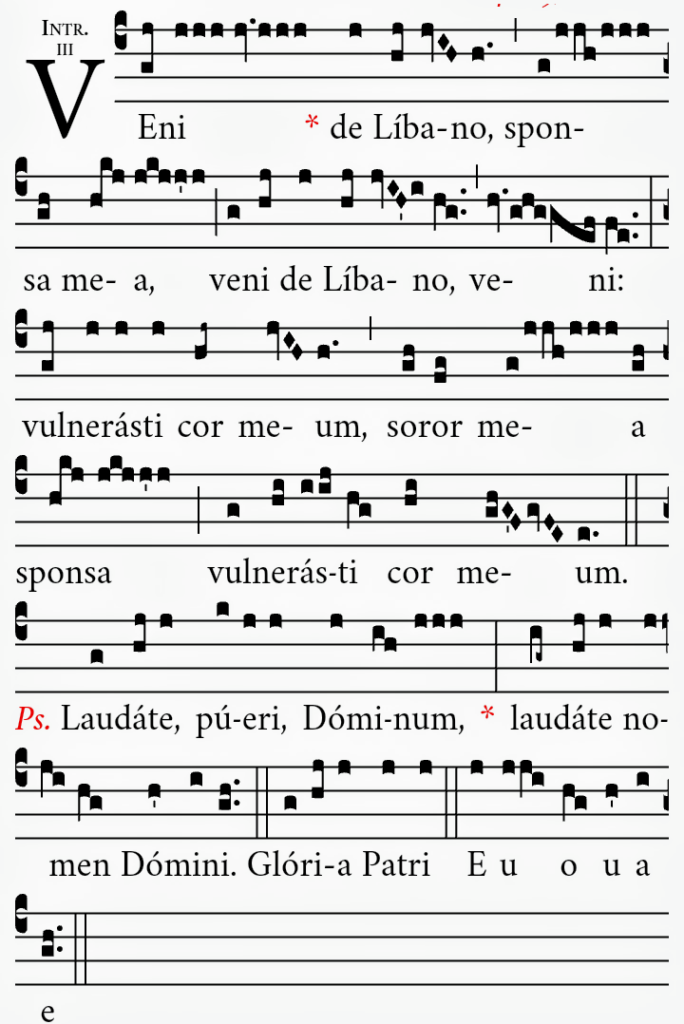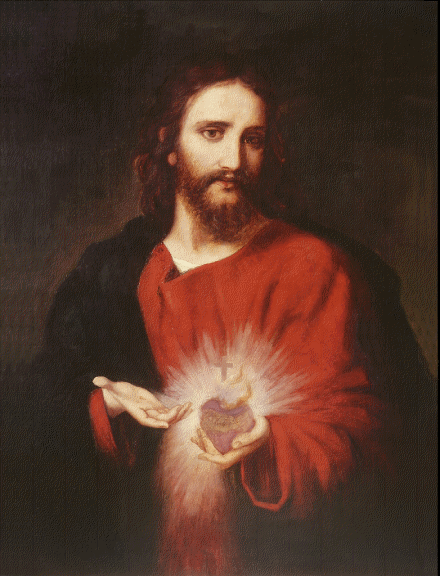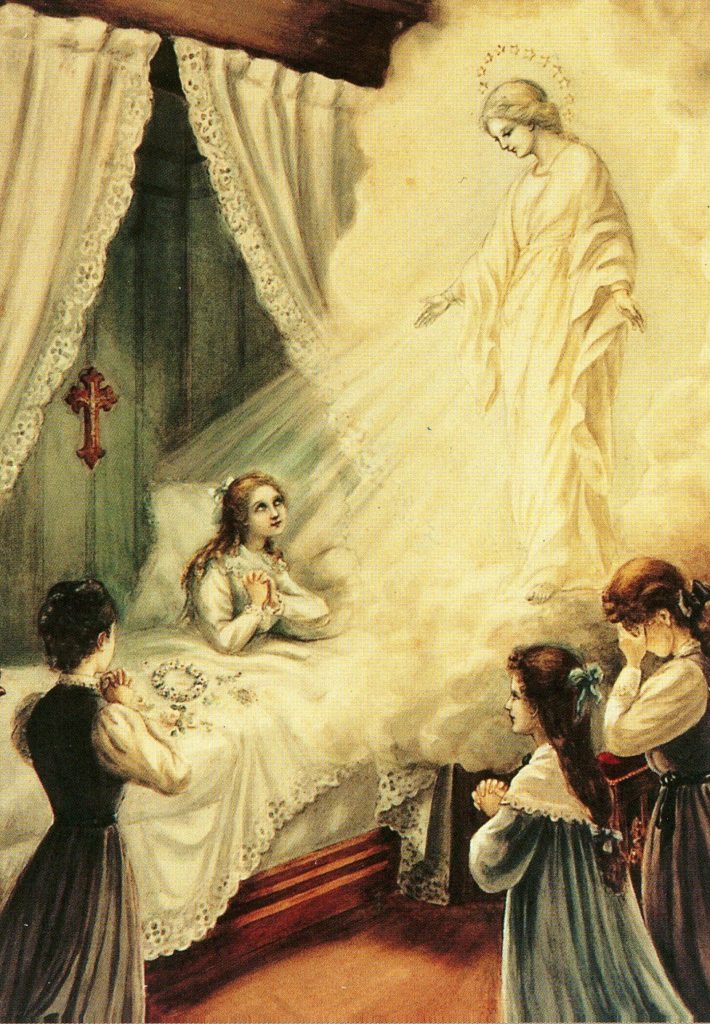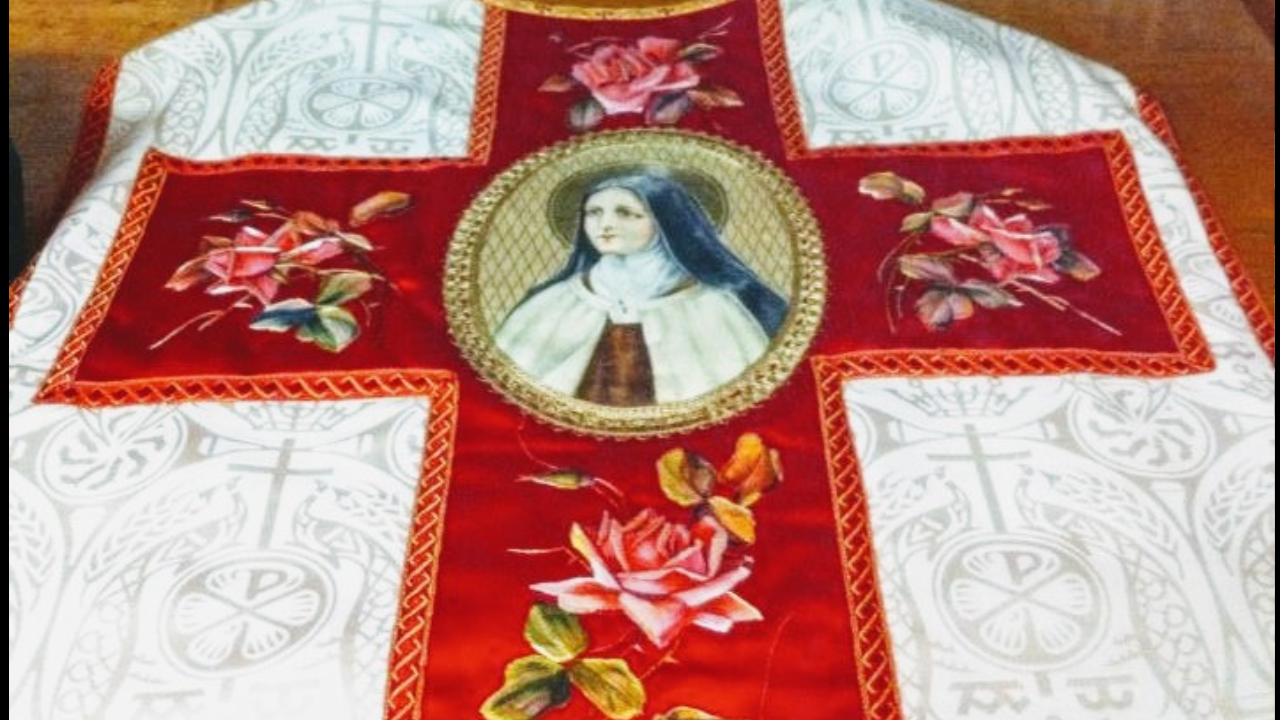Still basking in the graces of the visit of the relics of St Therese to Scotland, we arrive today at her feast day (traditional calendar). As someone who has a particularly liturgical prayer life, I often look to the Mass and the Office for insights into the spiritual complexion of a feast.
I have mentioned here that the chants of the liturgy were composed by saints who meditated on the text and so I began a year or so ago, to use the chant for my lectio divina now and again.
I believe that if these chants are the fruit of meditation, then they have been inspired by the Holy Spirit in a similar way to holy scripture and can, therefore bear fruit in my own prayer. So, I combine musical analysis, with study of the Latin (not my forte, but I’m learning!) with prayer in order to read the heart of the Church in Her prayer which is also the prayer of Christ. So what can we infer from the liturgy of the feast of St Therese?
Her own Mass
When I opened my Liber, I expected to find that St Therese’s Mass would be the common of a Virgin or that of the Doctors of the Church (I didn’t know that she wasn’t declared a doctor of the Church until 1997). In fact, St Therese has a Mass of her own and I wonder if this has anything to do with the Carmelite Rite. The texts could have emphasised her affinity with missionaries or her spiritual teachings but instead focus on spiritual childhood, humility and union with Jesus.
The Introit

There are a few things to note about the music of the Introit chant. First, the melody is written in Mode III which traditionally has a connotation of mysticism but also strength or boldness. It is interesting that this is the same mode as the Introit for the feast of St Michael the Archangel and the Holy Guardian Angels. The Catholic philosopher Peter Kreeft has some interesting insights into the nature of angels and contradicts the notion that they are like fairies – they have immense intellect and power. The use of this mode indicates these qualities as we hear the voice of Jesus calling to our saint.
Secondly, the opening motif is repeated many times and is something of a clarion call as Jesus calls to his beloved Therese ‘Come out of Libanus my spouse.’ The chant also has a high ‘reciting tone’ – by which I mean that the phrase remains at Do for much of the phrase giving both the effect of the upward inflection of a calling voice and also, perhaps, the lofty heights to which our saint has risen. The passing note on the second syllable of the first ‘Libano’ introduces a moment of controlled dissonance which, followed by a resolution, creates a sense of passion of longing in the tone of Christ’s voice as he calls to His bride. The opening clarion interval is repeated on ‘mea’ but up a tone intensifying the phrase beyond its already high center of gravity emphasising the fervour with which Christ identifies Himself with her.
The Introit goes on to say ‘thou hast wounded my heart.’ In this I reflect on the devotion to the Most Sacred Heart of Jesus which St Therese was familiar with. The wound in Jesus’ heart is one of sorrow, being inflicted again and again by our sins but it is also a wound of love. As the heart of a lover aches with longing for the beloved, so too the heart of Jesus long for union with his spouse, with the heart of each of us. While the answer is ‘both’, I am challenged to consider whether, for my part, the wound in the heart of the Lord is predominantly one of sorrow or one of love and delight.

A Rose planted beside running waters
References in the Introit and Gospel turn our minds to the childlike example of St Therese, the Offertory chant linkening her humility to that of Our Lady by quoting the Magnificat.
‘Quia respexit humilitatem accillae suae’.

St Therese, when describing souls as a variety of flowers in Jesus’ garden, said that while we may not all be a rose like Our Lady or a Lily like St Joseph, the sunshine of Jesus’ grace shines on us all if we serve him in our own Little Way. The irony is that, through her humility and fidelity, St Therese in Liturgy and devotion, has an affinity with the proto-virgin, Spouse of the Holy Ghost and Mystical Rose, the Blessed Virgin Mary.
Alleluia Alleluia. Bud forth as the rose planted by Brookes of waters: give ye a sweet odour as frankincense. Ecclus 39.
St Therese, pray for us that we too may give Jesus’ Heart reason to be joyful and that, like you, we might one day hear that call of the Saviour ‘Come, My beloved, thou hast wounded my heart!’
